In Dying Light 2 the choices you make can change an entire city
The open-world apocalyptic city in Dying Light 2: Stay Human is in constant flux.
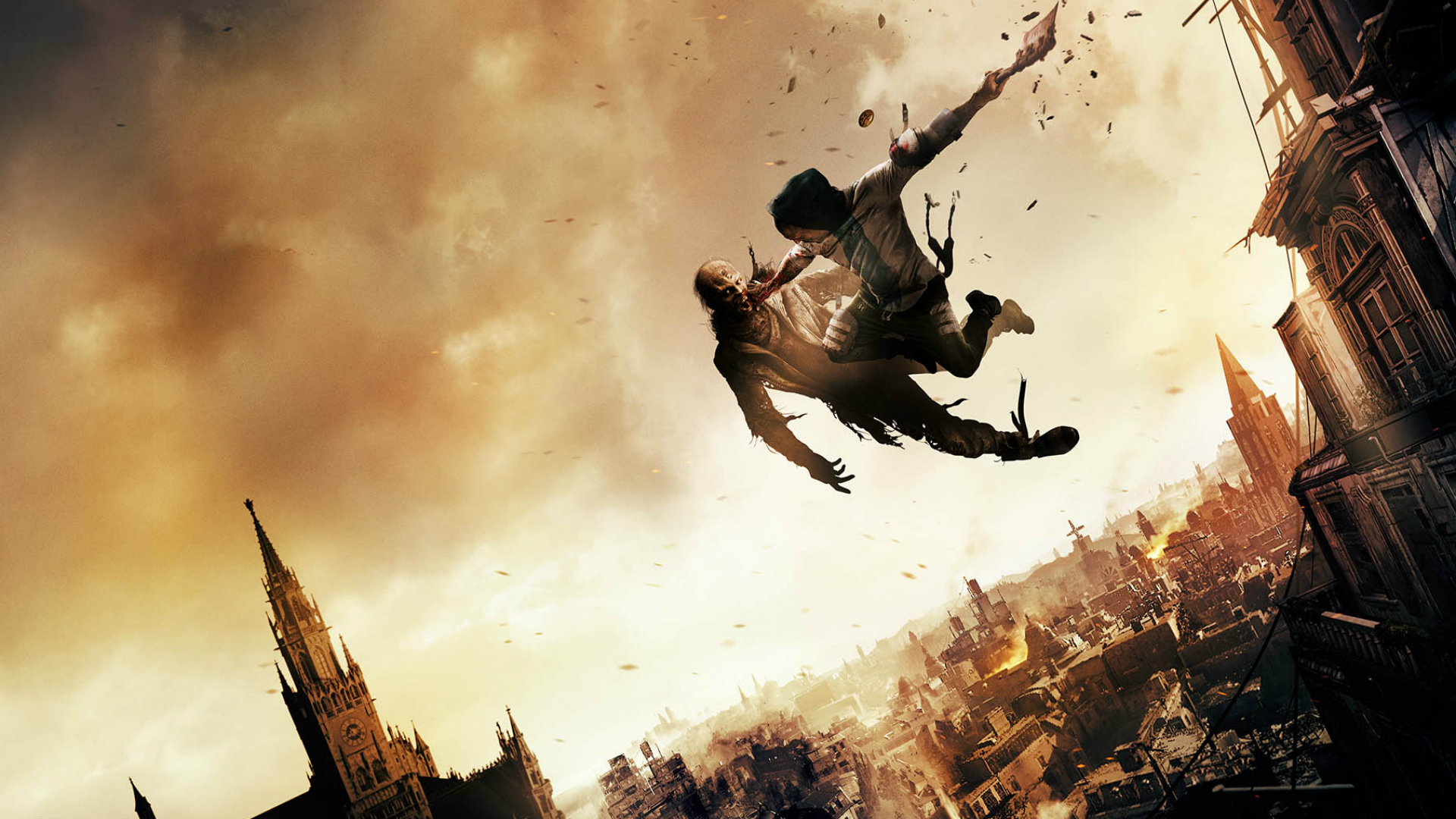
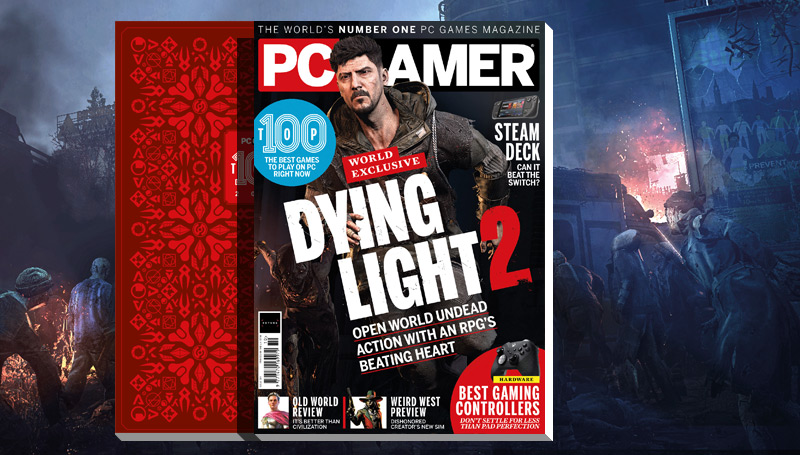
This article first appeared in PC Gamer magazine issue 361 in August 2021. Every month we run exclusive features exploring the world of PC gaming—from behind-the-scenes previews, to incredible community stories, to fascinating interviews, and more.
Aiden Caldwell, enigmatic hero of Dying Light 2: Stay Human, is a member of the Pilgrims—a loose gathering of post-apocalyptic drifters wandering the ruins of the old world. He arrives in the City, the nameless metropolis where the game is set, looking for his sister, Mia. “Aiden is plagued by vague, disconnected memories of her,” says lead game designer Tymon Smektała. “When he learns the people responsible for what happened to her have been found there, he embarks on a mission to learn the truth.”
This open-world zombie game is going a step beyond the original, backing its free-running, undead swarms, and brutal melee combat up with an interactive, branching story you can have a real impact on. The City isn’t just home to countless numbers of aggressive infected, but warring factions of human survivors too. It’s a big old mess, but a compelling setting for a survival horror game. And one of the most interesting features in Dying Light 2 is how the City changes dramatically depending on the time of day.
Night (un)life
When night falls, the streets are overrun with infected. The safe option is to stay on the rooftops and wait for the sun to send them scurrying back into their lairs. But if you’re feeling brave, venturing down into the depths of the city can net you some quality loot. Building interiors that are usually teeming with zombies are suddenly empty, with only a few stragglers remaining, letting you sneak in to grab gear and upgrades. Then you just have to worry about making it out and back to the relative safety of the rooftops.
“The City transforms at night,” says Smektała. “Citizens hide away in their hiding places, the glow of UV lamps is visible everywhere, and the silence of the night is interrupted by the sound of monsters crawling out into the streets. A world full of dangers by day becomes a whole different challenge at night. The lairs of the infected become empty, giving you the opportunity to explore and find useful and sometimes very valuable items.”
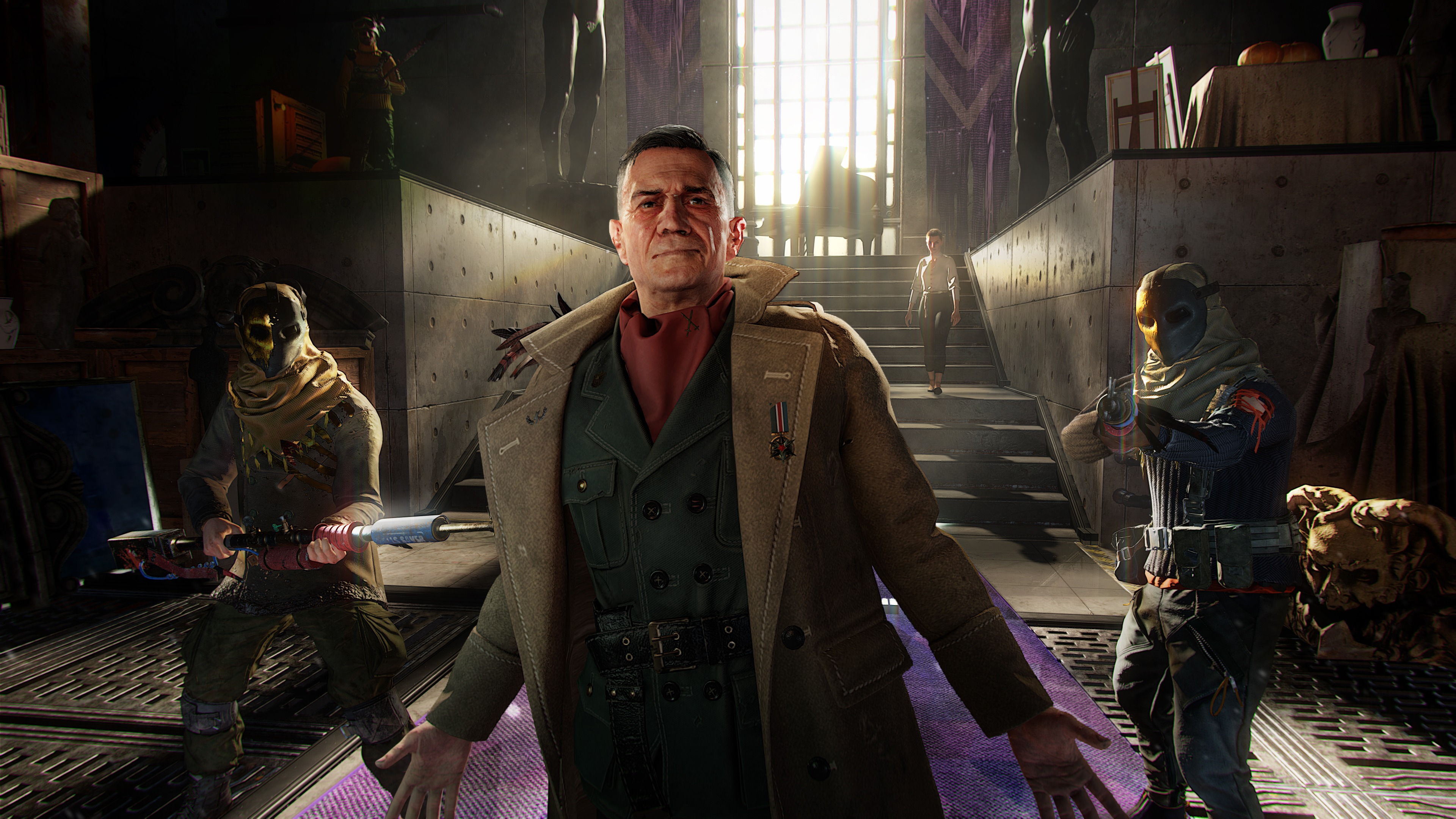
Techland describes Dying Light 2’s setting as a ‘modern dark age.’ While most zombie games are set in the immediate aftermath of an outbreak, or long after it, this story takes place just as the world has gotten over the initial shock and is starting to rebuild. “Fifteen years have passed since the global apocalypse that followed the virus emerging, and we’ve tried to make the City reflect this in a realistic and credible way,” says Smektała. “We looked for inspiration in the cities where we live. We let our imaginations run wild and thought about what would change if such a major catastrophe occurred.
“We imagined what parts of the city would stay human, and which parts would be reclaimed by nature. What kind of living spaces would be created by people, and what structures would be formed during these 15 years by the hands of people who cut off from technology. This is how our modern dark age was created—a civilisation that returned to medieval times in the modern-day, and with the memory of the world before the fall.”
All change
Interestingly, the City isn’t a totally fixed, static environment. Parts of it can change based on the many decisions you make over the course of the game. Meaningful player choice is something the developer is striving for—including making you feel bad as the consequences of your actions play out in front of you. As you progress through the story you’ll affect the lives of people in small, individual ways, but also change the layout of the City itself.
Keep up to date with the most important stories and the best deals, as picked by the PC Gamer team.
“Your decisions can shape the appearance of locations and affect the factions living in the City, and you will see the outcome of this impact on the environment,” says Smektała. “It’s worth going through the game more than once, or in co-op, to discover everything that is impacted by these choices. There are interesting sidequests that will have their own consequences,” he adds. “Some choices you may even regret when your actions inadvertently make the lives of other residents of the City difficult.”
Getting around the City is made easier by the fact that Aiden is a skilled free-runner. The parkour system in Dying Light 2 is much more complex and natural-feeling than in the previous game, and you’ll have access to way more moves.
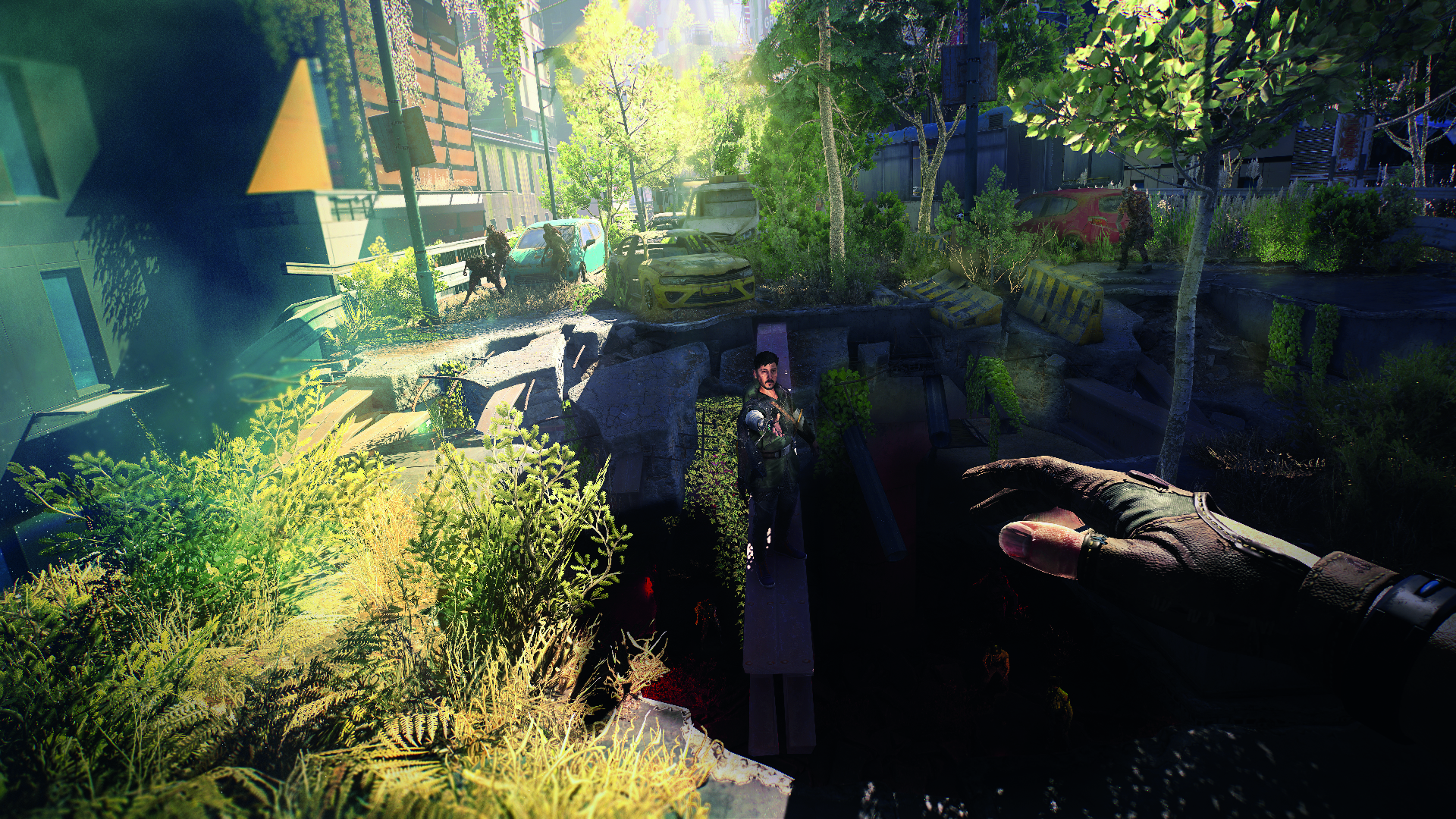
“Parkour is the essence of Dying Light,” says Smektała. “It is our beloved child who makes us proud. Bartosz Kulon [programmer and designer] came to Adrian ‘Pyza’ Ciszewski [director] many years ago and said, ‘Yeah, Dead Island is great, but what if we added roof-running and climbing?’ And that was where the idea for Dying Light was born.
“There are thousands of animations based on, among others, the movements of the legendary father of this discipline, David Belle. We have crazy parkour combinations that allow you to do really wild acrobatics and tools that allow us to diversify limited human movements with new possibilities. In addition, there is a refreshed grappling hook and paraglider system, which increase the importance of gravity and natural movement in the game. It had to be immersive and satisfying since the player’s main way of moving around the City would be on foot.”
David Belle is a French actor, choreographer, and stunt coordinator, and the founder and leading pioneer of parkour – so having him in a game where parkour is a key feature is a pretty big deal. “David is an important part of the game,” says Smektała. “Starting with him playing the character of Hakon, to the extra realism his mocap session gave us, including many new animations. And of course, he’s been the ‘father of parkour’ for many years, and from the first game he’s been both an inspiration and our guide to authentic parkour techniques and the amazing movements the body can make. We couldn’t imagine creating Dying Light 2 without David Belle.”
Old yeller
You’ll need to master Aiden’s parkour skills to outsmart Dying Light 2’s wider range of zombies, especially when you encounter the Howler. “At first, the Howler was a stationary enemy, almost like a CCTV camera, just scouting the area,” says Smektała. “But, as we were working on the game, we started developing our stealth mechanics a little bit more.
“The Howler naturally became a primary obstacle in all situations involving stealth. The archetype for the enemy stayed with us since the initial inception – it was supposed to be a sentry that could spot the player and alarm other units around. But during development, we realised we could do a lot more with it, like having it patrol the area. Howlers don’t actually engage on sight. Instead, they emit a high-pitched scream which will attract any infected in the area and lure them towards your position.”
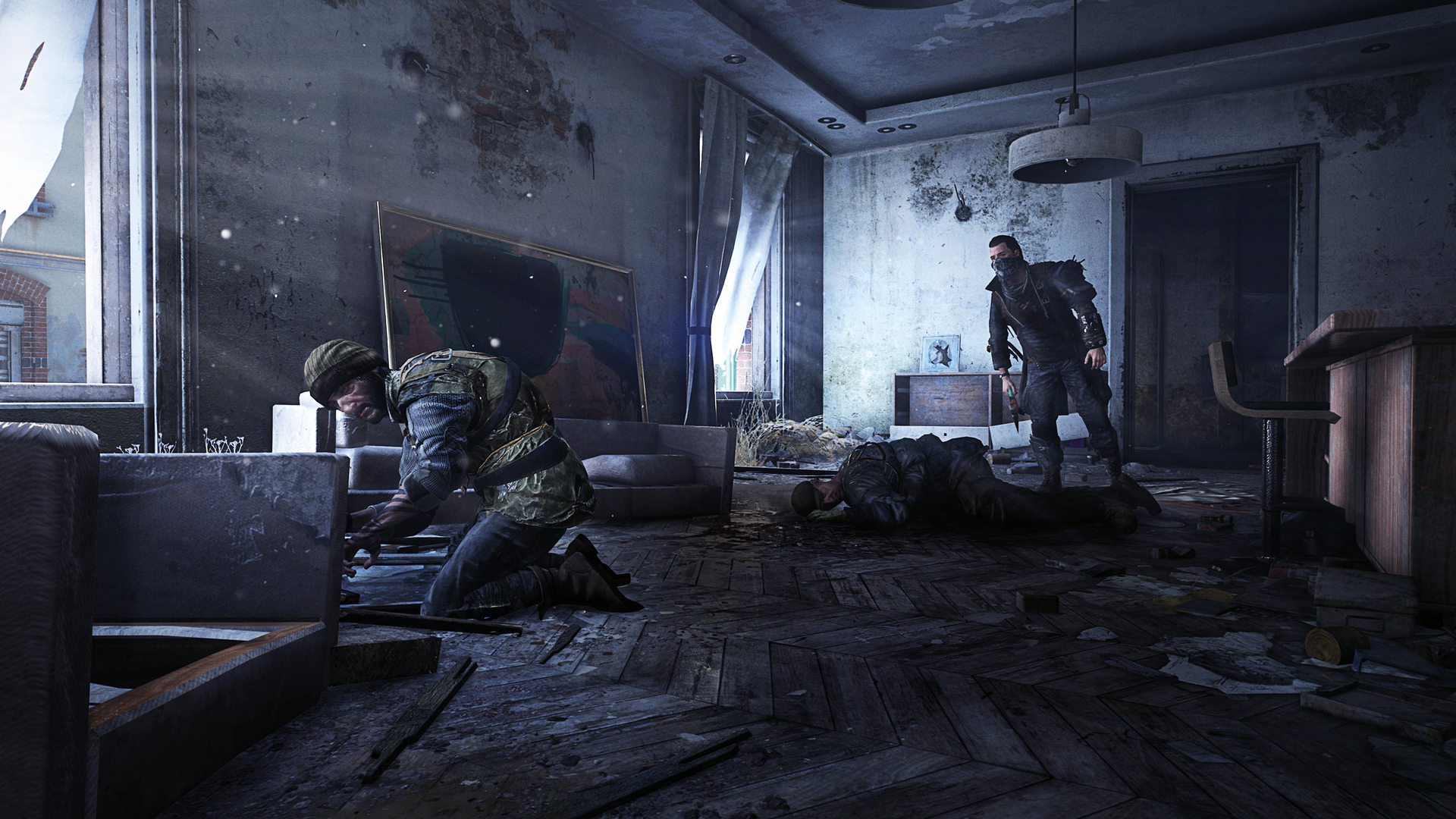
I ask Smektała about the balance of story and action in Dying Light 2. Storytelling is something the team is clearly putting an increased focus on, but to what extent? “Dying Light 2 is an action game,” he says. “We have parkour as a way to move around the world freely, rewarding combat, a variety of weapons and even parkour moves that you can use creatively while fighting. The animation base is huge, which allows players to overcome the many dangers in the City in a spectacular manner.
“However, it was very important for us to create an interesting and engaging story as well. People in the world will react to the player’s actions and choices, and they can become friends or enemies depending on your decisions. There’s also a new system called city alignment, where you can assign specific zones of the city to one of the factions, which of course may also influence the world and the story in interesting ways.”
There are three main factions in Dying Light 2. The Peacekeepers are dedicated to eliminating all threats to humanity in the world. “They want to rally citizens to their views and secure territory for a new society based on their principles,” says Smektała. “On the other hand, the Survivors believe that their survival depends on their ability to foster craftsmanship and relearn ancient skills to thrive. They value experimentation, art, culture, and knowledge, and passing this down to their children.”
Then, lastly, there are the Renegades. “They believe in sacrifice for the greater good,” says Smektała. “They’re a ruthless, militarised criminal organisation, resorting to immoral means to ensure their survival.” When you play Dying Light 2 you’ll be able to work for these three factions – but working for one that is the enemy of another won’t go unnoticed.
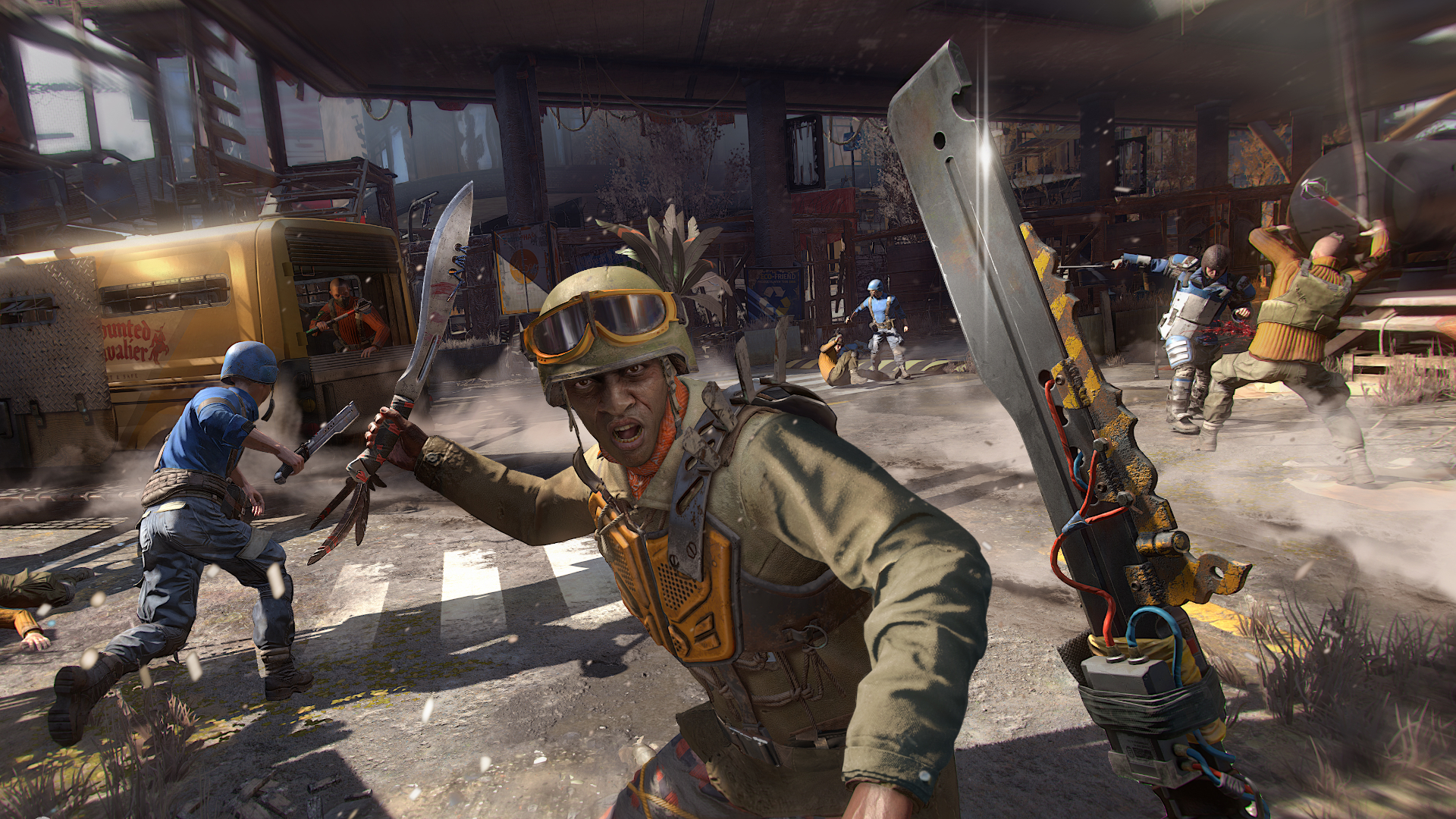
And what about that Stay Human subtitle in the game name? I ask Smektała what it represents. “As you can imagine, in an apocalypse, society becomes brutal and all its elements are reevaluated. The title covers two issues, physical and mental. On the physical side, this is of course avoiding transformation due to infection: controlling the disease through biomarkers and taking care of exposure to UV rays. In short, ‘stay human’ as a living being and prevent yourself from turning into a monster.
“The second layer, humanity, is about remaining human according to the norms and principles we know. The world after the apocalypse has changed in almost every respect, and it will be up to the player whether they will be guided by the good of the individual, the greater good, or maybe take a different path altogether.”
You can decide what path you’ll take when Dying Light 2: Stay Human is released on December 7.
If it’s set in space, Andy will probably write about it. He loves sci-fi, adventure games, taking screenshots, Twin Peaks, weird sims, Alien: Isolation, and anything with a good story.


